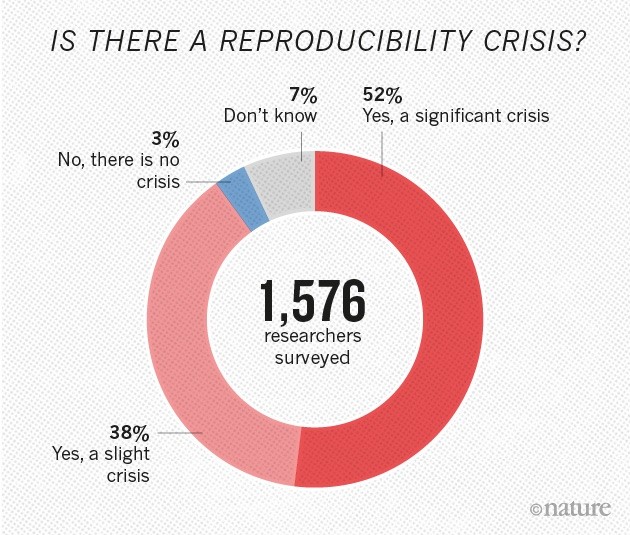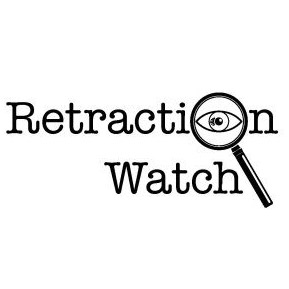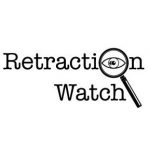it's actually an impressive feat to make a sensor readout 10x or so faster and not lose image quality.
16.5ms to 6.3ms (2.5x) , as 12 bit to 14 bit is 4x.
I would have rather seen the optical joystick gizmo.Eye control if it works for you (and it doesn't for all) and it is needed then fine, but it isn't what I would use; much better AF is for 2 or 3 particular sports if you photo them and I don't; less heat if you use video modes that I don't; and the E-shutter has worked fine for me for the last 4 years - I use it all the time for BIF and DIF. For you coming from DSLRs, the R5ii is an incredible upgrade but so is the R5. The improvement of the R5ii over the R5 is a variable that varies from significant to negligible depending on your needs. If you need it and have the cash get the R5ii, if you don't need the features either stick with the R5 or take advantage of its falling price. As @neuroanatomist keeps pointing out, Canon's target for the R5ii is primarily DSLR users.
Upvote
0





